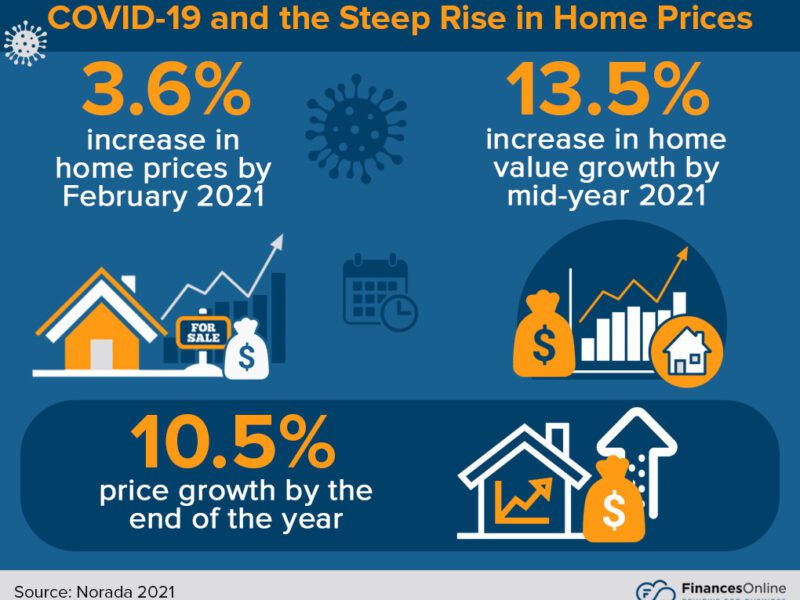
Top 5 Filmmaking Trends for 2022
The landscape for modern filmmakers is undergoing big changes both in production capabilities and viewer demand. High demand is spawning new avenues for filmmakers to share their media as well as new tools to speed up production. However, there are also risks to giving the ever-hungry content machine what it desires.
Keep up with the following top filmmaking trends this year to improve your output and get more views.

Demand for Content Continues to Grow
Most filmmakers understand that demand is growing rapidly for new content. But that doesn’t mean it’s easy to sell your indie film to Netflix or make the next viral video sensation.
In this environment, filmmakers risk losing the balance between rapid output and creativity. For young filmmakers, the urgent needs of businesses can stifle growth at the most critical point in their careers. This may be one reason why Netflix Originals are being bashed for becoming increasingly mediocre. It turns out that when quantity outweighs quality, audiences notice.
Filmmakers need to take a step back and remember that developing a voice is important to stand out in the industry—and that artistic growth often moves slower than industry demand.

VR Content
VR experiences are on the rise thanks to the new generation of gaming consoles and the advent of 5G in mobile tech. Now, audiences are able to interact in immersive 3D environments both at home and on the go.
VR content is increasing the demand for visual effects (VFX) and animation in the film industry, and the global 3D animation market is anticipated to grow by nearly 10% over the next few years.
Filmmakers, especially animators, should take note of VR shows that have already been released, such as Battlescar and the interactive Baba Yaga, both available on Oculus Quest.

Open-source Tech
Open-source technology consists of apps and production tools that are free for anyone to use. These tools are making it much easier for filmmakers to produce high-level content (especially special effects) to meet the demands of the market.
Open standards were not very popular even a few years ago, but COVID-19 made them a necessity for even major film studios to remain productive during isolation and WFH. Now, filmmakers at all levels can reap the benefits.
Open source projects like OpenColorIO, OpenEXR, and OpenVDB allow studios to collaborate more quickly and aspiring filmmakers to access the technology they need to create cinema-quality experiences from anywhere on the globe.

Real-time Workflows
Real-time technology and virtual film production are narrowing the gap between the conception and execution of ideas. What this means is you can create VFX and realistic environments as soon as an idea pops into your head, cutting out most of the production steps that are typically required to bring a concept to life.
Game engines like Unreal 5 (which can also be used by filmmakers) use algorithms to build worlds and construct shots in context. Other tools like in-camera VFX enable artists to build worlds, characters, and effects as they shoot.
Apps and tools that promote real-time workflows are in high demand because they massively speed up content creation. Learning how to use these tools early will give filmmakers an edge.

Embracing the Digital Space
Filmmakers might think that they understand social media markets and digital demand for content, but nobody really does. This space is constantly evolving, with new niches opening every week.
Filmmakers who stay current with digital trends can make a name for themselves by providing niche content on emerging platforms. The issue is that filmmakers can’t just publish content and expect to get views. They need to have a basic understanding of marketing, becoming filmmaker-preneurs who excel at creating and promoting content (think influencers, but more art and less shilling).
It can be tough for filmmakers to wear multiple hats while maintaining full-speed production, but not all videos need to meet top-notch production standards to demonstrate one’s voice and skill. Creators can use resources like free stock videos, open-source tools (like those above), and repurposed media to make their jobs a bit easier.

Filmmaking Trends Push Speed, but at What Cost?
All of the trends on this list have something in common: they all revolve around increasing production to meet viewer demand. Some of these trends will make it easier for artists and filmmakers to collaborate, while others will limit creativity. Filmmakers must be wary of the pitfalls of the content wars while leveraging their position as creators to make a buck.







